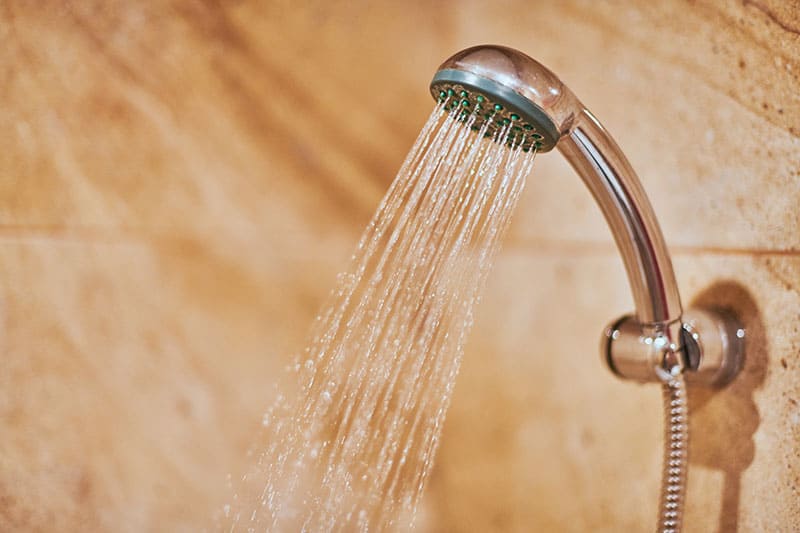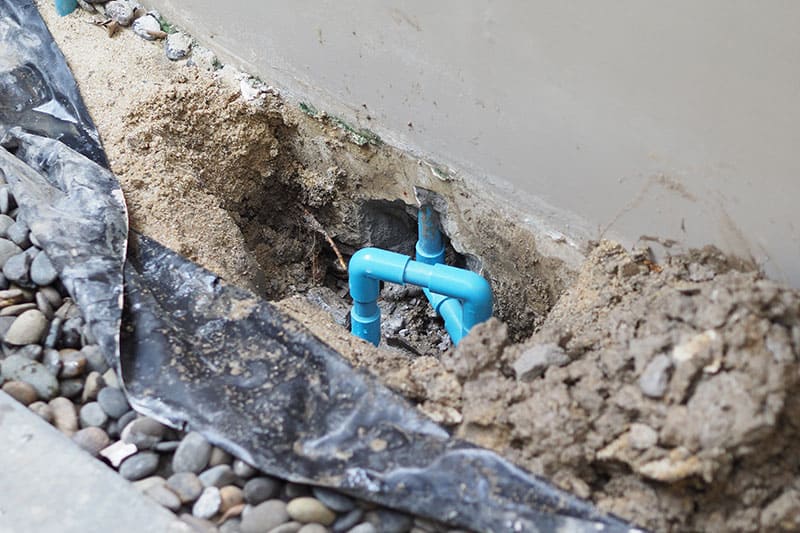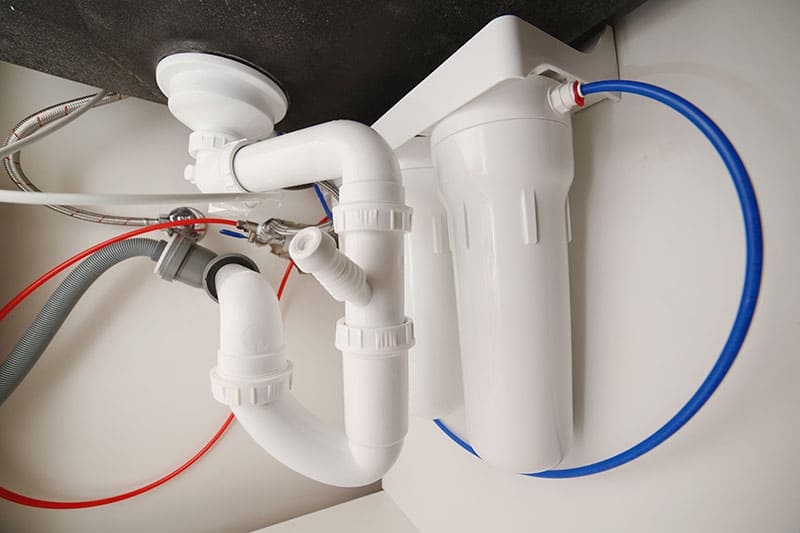Low Water Pressure in House: Why It Happens & How to Fix It

Few household annoyances are as persistent—or as telling—as low water pressure in house plumbing. A weak shower, a dribbling kitchen faucet, or a washing machine that takes all afternoon to fill is more than an inconvenience; it’s often a signal that something deeper is wrong with your plumbing system.
Understanding the causes, knowing which DIY solutions are safe to try, and recognizing when expert help is essential can save you money, protect your property, and restore daily comfort.
When low water pressure in your house disrupts your daily life, you might need professional help from plumbing experts. Quality Plumbing offers expert plumbing solutions to restore your home’s plumbing system and get you the strong, steady flow you deserve – contact us today for professional plumbing services.
[Related: Low Water Pressure in the Shower]
Why You Shouldn’t Ignore Low Water Pressure in House
When you encounter signs of low water pressure in your house, do not ignore them; address the issue as soon as possible. For starters, you could be dealing with hidden leaks, partially closed valves, or failing equipment that forces pumps and heaters to run longer. The extra water and energy add up on your monthly bills.
Low water pressure in your house can also disrupt your comfort, as a tepid trickle turns a five-minute shower into a 15-minute ordeal, adding frustration to routine tasks like rinsing dishes or watering plants. Sudden or persistent pressure drops can indicate pipe corrosion, imminent bursts, or hot-water scald hazards. Early attention minimizes the risk of water damage and mold.
Lastly, if unaddressed, chronic low water pressure in house plumbing can be noted on an inspection report and reduce thousands from your resale value.
The Signs of Low Water Pressure in House
Before tearing into walls or replacing fixtures, take fifteen minutes to gather some data. These diagnostic basics can help you determine whether you are experiencing low water pressure in your house, such as:
- Use a pressure gauge: Screw it onto an exterior hose bib or laundry sink. Normal residential pressure ranges from 40 to 60 psi; a pressure below 40 psi is considered low.
- Compare multiple fixtures: Is the issue isolated to one bathroom or felt throughout the house? A whole-home problem points to the main line or pressure-regulating components.
- Check the time of day: Municipal demand peaks in the early morning and early evening; a fluctuating reading could be due toneighborhood supply, not your pipes.
- Note hot vs. cold: If only the hot side is weak, the water heater or its valves are likely culprits.
Log these observations – you’ll either solve the problem yourself or give your plumber a helpful head start. Be sure to reach out to a professional and experienced plumber, such as one from Quality Plumbing, so they can assess your situation and provide actionable solutions to address your low water pressure in your house.
Common Causes and Quick Fixes for Low Water Pressure in House

Before you tear into drywall or resign yourself to a lifetime of dribbling faucets, remember that low water pressure in house plumbing almost always traces back to a handful of repeat-offender problems. Isolating the right culprit can be as simple as listening for a whoosh, twisting a valve, or soaking an aerator in vinegar. The top causes and quick fixes for low water pressure in your house are:
- Partially Closed Main Shut-Off Valve: If there’s a sudden whole-house drop after a recent repair or utility visit, it may be due to this issue. Locate the valve near the water meter and turn the handle fully counter-clockwise.
- Municipal Supply Valve Restrictions: If there’s a problem, neighbors will notice the same issue. Call the city to ask about ongoing work or request a meter-side pressure test.
- Pressure-Reducing Valve (PRV) Malfunction: A gradual decline in water pressure will occur, accompanied by a loud whooshing noise in your basement. Turn the set screw ¼ turn at a time. No improvement? Replace the PRV.
- Failing Well Pump or Pressure Tank (Well Systems): Symptoms of this issue include sputtering faucets and a pump that short-cycles. Check tank pressure; recharge the air bladder or schedule professional service.
- Clogged Aerators and Showerheads: You’ll notice a weak flow at one or two fixtures. Unscrew, soak in white vinegar for 30 minutes, and scrub mineral scale with a toothbrush.
- Mineral-Clogged Pipes (Hard-Water Scale): This problem is often caused by older galvanized lines and widespread low water pressure. For short-term fixes, add a water softener. Long-term fixes require re-piping with PEX or copper.
- Corroded or Leaking Water Lines: Damp spots on walls or ceiling, hissing in pipes, and rising water bills are all signs of these problems. Shut off the water, then call a licensed plumber for leak detection and repair.
- Water Heater Sediment Buildup: Be aware of low pressure in hot water only. To fix this, flush the tank annually. If the heater is 10 years old or older, consider replacing or upgrading to a tankless system.
- Peak-Demand Overload (Undersized Pipes): Notice if the pressure disappears when several fixtures run simultaneously. Install pressure-balancing valves or upsize branch lines during remodeling.
- Faulty Faucet or Mixing Valve Cartridges: Only one faucet or shower shows weak flow. Replace the cartridge – an inexpensive DIY job. Remember to shut the water off first.
Work through these checkpoints and you’ll eliminate roughly 90 percent of typical low-pressure causes. Some of these problems won’t be fixed through simple DIY solutions, however. You may need a professional plumber to resolve low water pressure in your household’s system and restore a strong, steady flow.
[Related: DIY Plumbing: Do’s and Don’ts]
Low Water Pressure in House: Preventive Maintenance Tips

An ounce of prevention truly is worth a pound of drywall repair. Adopt these habits to keep low water pressure in house plumbing at bay:
- Flush your water heater once a year to remove sediment.
- Install a whole-house sediment filter on the main.
- Soften hard water or add a scale-reduction cartridge system.
- Exercise all shut-off valves twice a year to prevent them from seizing when you need them most.
- Schedule an annual plumbing inspection—cheaper than an emergency call and invaluable for preserving home value.
Contact Quality Plumbing today for a thorough and expert inspection of your plumbing system. Our experienced and licensed plumbers will assess the condition of your plumbing and determine whether your house is experiencing low water pressure, providing comprehensive solutions to restore your system and peace of mind.
Contact Quality Plumbing Today to Restore Your Water Pressure
Stop struggling with low water pressure in your house plumbing. One conversation with the plumbing experts at Quality Plumbing can restore the strong, steady flow you deserve. Contact us today and tell us about your water pressure problems.

